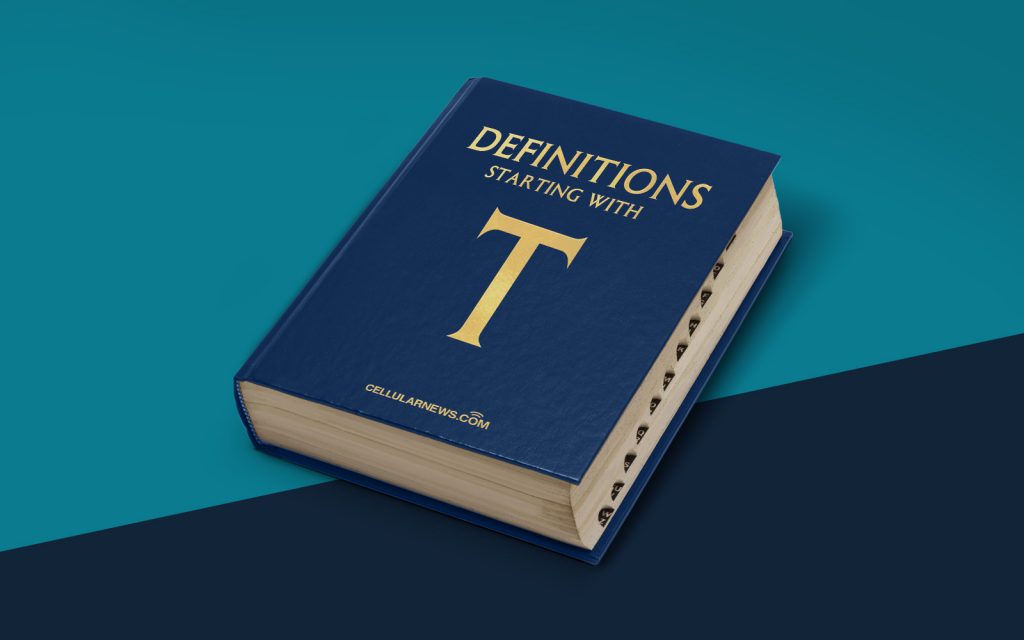
What is Tagged Image File Format (TIFF)?
If you have ever worked with images, you may have come across the acronym TIFF. But what exactly is Tagged Image File Format, and why is it widely used in the world of digital imagery? In this blog post, we will dive into the definition of TIFF, its features, and its importance in the creative industry.
Key Takeaways:
- Tagged Image File Format (TIFF) is a file format commonly used for storing high-quality images.
- TIFF files preserve all the details and characteristics of an image, making it an ideal choice for photographers, graphic designers, and print professionals.
The Definition of TIFF
Tagged Image File Format, commonly known as TIFF, is a file format widely used for storing high-quality images with a large number of colors and details. Developed by Adobe Systems in the 1980s, TIFF quickly gained popularity due to its ability to preserve the integrity of images in a lossless manner.
One of the primary advantages of TIFF is its ability to handle images with a wide range of color depths, from black and white to true color, and even high dynamic range (HDR) images. This flexibility makes TIFF a favored format among photographers, graphic designers, and print professionals who require precise and accurate representation of their visual works.
With TIFF, you can store images that have been uncompressed, leading to larger file sizes but retaining all the intricate details and characteristics of the original image. Since TIFF files support multiple layers, transparency, and various compression methods, you can have full control over the quality and size trade-off depending on your specific needs.
Why is TIFF Important?
TIFF’s importance in the creative industry cannot be overstated. Here are several reasons why this file format has become a staple for professionals:
- Lossless Compression: TIFF files maintain the original quality of the image, making it an ideal format for archiving and preserving visual assets without any degradation.
- Compatibility: TIFF files are supported by a wide range of image editing software, making it easy to work with and share across different platforms.
- Professional Printing: Print professionals rely on TIFF for its ability to preserve color and tonal accuracy, ensuring the final prints reflect the intended vision of the creator.
- Flexibility: With support for various compression methods and the option to include multiple layers, TIFF allows for complex image manipulation while retaining high-quality output.
Whether you are a photographer who wants to retain the finest details of an image, a graphic designer working on a project that demands precision, or a print professional seeking ultimate color fidelity, TIFF is a go-to format that guarantees outstanding results.
So, the next time you come across a TIFF file, you’ll know that it represents a treasure trove of visual information, carefully preserved to capture every nuance and subtlety of the original image.
